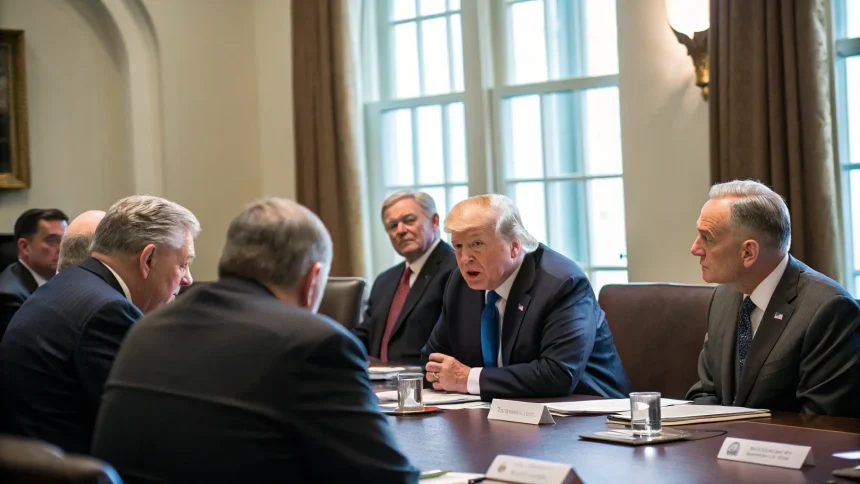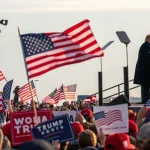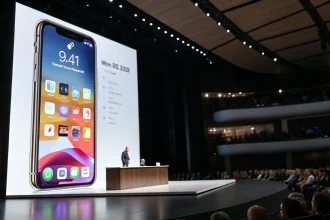President Donald Trump is scheduled to meet with congressional leaders from both parties today at 3 p.m. as they engage in last-minute negotiations. The meeting comes as both sides attempt to bridge differences on key issues facing the nation.
The high-stakes meeting will include top Democrats and Republicans from Congress, bringing together political opponents who have often been at odds during Trump’s presidency. This gathering represents a critical moment as deadlines loom and pressure mounts to reach agreements on pending legislation.
Political Stakes and Timing
The timing of the meeting is significant, described as “11th hour talks” which suggests urgency and a closing window for action. Such last-minute negotiations have become increasingly common in Washington’s polarized environment, where agreements often materialize only when deadlines are imminent.
Political analysts note that these types of eleventh-hour meetings typically occur when:
- Legislative deadlines are approaching
- Budget or funding issues require immediate resolution
- Major policy disagreements have reached a critical point
The meeting’s outcome could have significant implications for pending legislation and government operations. Failure to reach consensus could potentially lead to delays in critical government functions or policy initiatives.
Congressional Representation
The bipartisan nature of the meeting indicates that both Democratic and Republican priorities will be on the table. While specific attendees were not named, such high-level meetings typically include:
From the Republican side, likely participants include Senate Majority Leader and the House Republican leadership. Democratic representation would likely include the House Speaker and Senate Minority Leader, among others.
“These types of bipartisan meetings with the President are rare unless there’s something major at stake,” said a former White House legislative affairs director in a similar situation last year.
Potential Topics and Outcomes
While the specific agenda has not been publicly detailed, such high-level meetings often address pressing national issues requiring immediate attention. The discussions may focus on funding measures, policy disagreements, or upcoming legislative priorities.
The meeting format allows for direct communication between the executive and legislative branches, potentially cutting through intermediaries that sometimes complicate negotiations.
Previous meetings of this nature have produced mixed results. Some have led to breakthrough compromises while others have ended with participants merely restating entrenched positions. The success of today’s talks will likely depend on the willingness of all parties to find common ground.
Political observers will be watching closely for any statements or announcements following the meeting, which could signal whether progress was made or if divisions remain unresolved.
As Washington faces this critical juncture, the outcome of these discussions may shape the political landscape in the coming weeks and impact the administration’s ability to advance its agenda through Congress.









